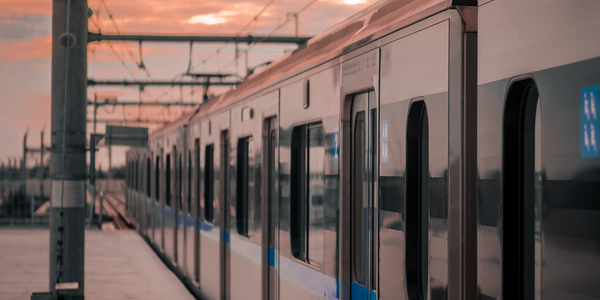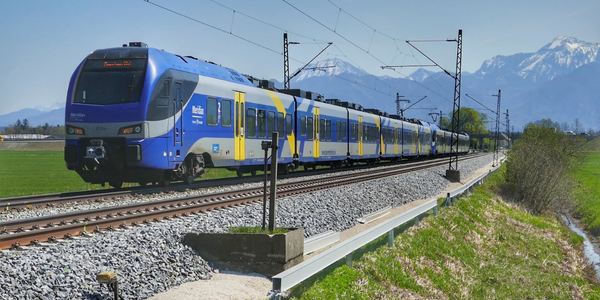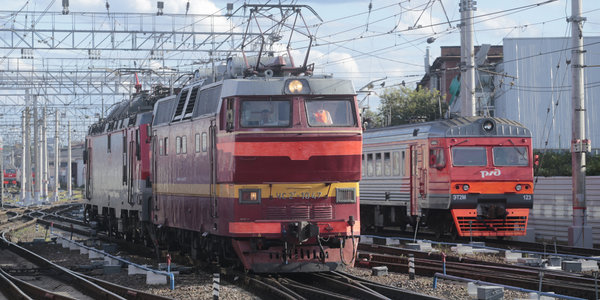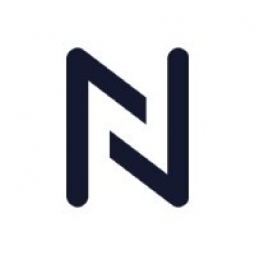技术
- 网络安全和隐私 - 安全合规
- 网络与连接 - 5G
适用行业
- 水泥
- 铁路与地铁
适用功能
- 维护
- 质量保证
用例
- 施工管理
- 库存管理
服务
- 测试与认证
关于客户
网络认证机构 (NCB) 是英国和全球基础设施、车辆和货运项目铁路保证和认证领域的领先行业专家。 NCB 与客户合作,最大限度地降低合规风险并遵守铁路基础设施标准。它以卓越的安全和卓越标准为动力,提供保证和认证解决方案。 NCB 被认可为公告机构、指定机构、评估机构、工厂评估机构和负责维护认证机构的实体,在整个铁路系统提供无与伦比的服务水平。
挑战
Network Certification Body (NCB) 是英国和全球基础设施、车辆和货运项目铁路保障和认证的领先提供商,其现有 IT 系统面临着挑战。平均每次交付 200 个铁路项目,安全是首要任务。然而,现有的评估服务交付管理系统效率低下。 NCB 需要用自动文档生成取代大部分手动信息管理,同时支持 NCB 的渐进式保证方法。新的解决方案需要管理复杂的文档模板并促进 NCB 与其客户之间高效且有效的客户沟通。
解决方案
该解决方案以 NCB 门户的形式出现,采用低代码构建,使 NCB 工程师能够专注于评估服务交付而不是管理活动。该门户改进了合规性控制,并提供了更简单的方法来管理信息并确保快速评估报告。 Liberty 本地适配器 (OPA) 提供了复杂文档生成功能,将个性化内容与预定义的 Microsoft Word 模板合并,并允许生成大型 pdf。 NCB 门户还改进了成本控制并确保模板得到集中管理。新门户改善了客户和评估人员之间的信息流,使项目状态在项目生命周期的任何时刻都清晰可见。 NCB 门户为所有利益相关者提供了实时评估的可见性,使客户能够了解关键的评估风险和结果。
运营影响
数量效益

Case Study missing?
Start adding your own!
Register with your work email and create a new case study profile for your business.
相关案例.

Case Study
System 800xA at Indian Cement Plants
Chettinad Cement recognized that further efficiencies could be achieved in its cement manufacturing process. It looked to investing in comprehensive operational and control technologies to manage and derive productivity and energy efficiency gains from the assets on Line 2, their second plant in India.

Case Study
Building Smart IoT-Connected Railways
• Difficult environment. Communications equipment on trains must function properly in harsh conditions, such as environment temperatures ranging from -25°C to +85°C, according to the EU standard EN50155.• Railway regulations. All products in a train must adhere to strict standards, relating to working vibration, power consumption, and lifetime.• Lengthy process. Time to market in the railway industry can take years from concept to mass production, so product design requires a solid long term vision.

Case Study
Connected Transportation: A Smarter Brain for Your Train with Intel
A modern locomotive, for example, has as many as 200 sensors generating more than a billion data points per second. Vibration sensors surround critical components, video cameras scan the track and cab, while other sensors monitor RPM, power, temperature, the fuel mix, exhaust characteristics, and more.Most of today’s locomotives lack sufficient on-board processing power to make full use of all this data. To make matters worse, the data from different subsystems, such as the brakes, fuel system, and engine, remain separate, stored in isolated “boxes” that prevent unified analysis. The data is available, but the technology needed to process it in the most effective manner is not. As new sensors are added to the machine, the problem escalates.

Case Study
Digital Transformation of Atlanta Grout & Tile: An IoT Case Study
Atlanta Grout & Tile, a Tile, Stone & Grout restoration company based in Woodstock, Georgia, was facing challenges with its traditional business model. Despite steady growth over the years, the company was falling behind the web revolution and missing out on the opportunity to tap into a new consumer base. They were using independent software from different vendors for each of their department information and workforce management. This resulted in a lot of manual work on excel and the need to export/import data between different systems. This not only increased overhead costs but also slowed down their response to clients. The company also had to prepare numerous reports manually and lacked access to customer trends for effective business decision-making.

Case Study
Using LonWorks to Keep Acela Trains Zip Along
Canadian transportation company, Bombardier was tasked with building a bullet train system on rails that were designed for lower speed trains. In addition, they had to ensure safe and optimal operation at high speeds, maximize train uptime and enhance communication with passengers.








